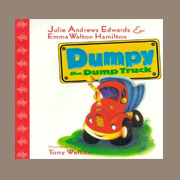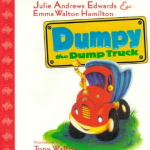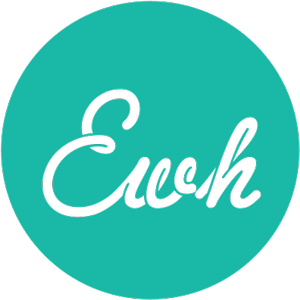
Defining the Hero in a Children’s Book
Welcome to the first entry in a new blog series on writing books for children!
This series is part of a new e-course and group coaching program I am developing, as well as being fodder for a new book, so your comments here are most welcome and will help me shape the direction of all these offerings. If you haven’t done so already, please be sure to subscribe to my mailing list (I promise, no green eggs and spam) so that I can let you know when the programs are launched.
And now to the first topic…
Q: Who’s Your Hero? (A: Your Reader!)
When my mother and I first started working on the Dumpy the Dump Truck series,  we needed to come up with a driver for Dumpy. Since the character had to be of driving age, we thought a teenager might be the most interesting for young readers (never mind that our target audience was between the ages of 3 and 5). We presented the first draft to our editor, and she said, “Very nice – but where are the kids?”
we needed to come up with a driver for Dumpy. Since the character had to be of driving age, we thought a teenager might be the most interesting for young readers (never mind that our target audience was between the ages of 3 and 5). We presented the first draft to our editor, and she said, “Very nice – but where are the kids?”
She reminded us that a rule of thumb, the central characters in childrens books should be of the same age and spirit as the child reading them. She suggested we convert the teenage character into a little boy the same age as our reader, and add a grandfather who could do the driving. Light bulb! Now we had a central character our readers could relate to, and a bonus extension of our theme of finding value in older things (or people), even after they seem to have outlived their usefulness.
 You’d think we’d have learned our lesson, but we made the same mistake again several years later when writing our first middle grade novel, Dragon: Hound of Honor. Because this was for middle grade readers, and because it was based on a medieval French legend, we thought it was enough to have the knights and ladies (and dog) as our central characters. Once again, our editor said, “Where’s the kid?” We came up with a young page, an apprentice in the castle from whose point of view the story is told, and who happens to be the same age as the target audience for the book.
You’d think we’d have learned our lesson, but we made the same mistake again several years later when writing our first middle grade novel, Dragon: Hound of Honor. Because this was for middle grade readers, and because it was based on a medieval French legend, we thought it was enough to have the knights and ladies (and dog) as our central characters. Once again, our editor said, “Where’s the kid?” We came up with a young page, an apprentice in the castle from whose point of view the story is told, and who happens to be the same age as the target audience for the book.
What we’ve (hopefully) by now learned is that the heroes, or protagonists, of childrens books must be characters that young readers can identify with and relate to. The best way to achieve this when developing an idea is to imagine the specific child or children you are telling this story to. How old are they? What are their interests, concerns, hopes, fears? That’s your target audience… and that’s the age, physical and/or emotional, that your principal character should be.

